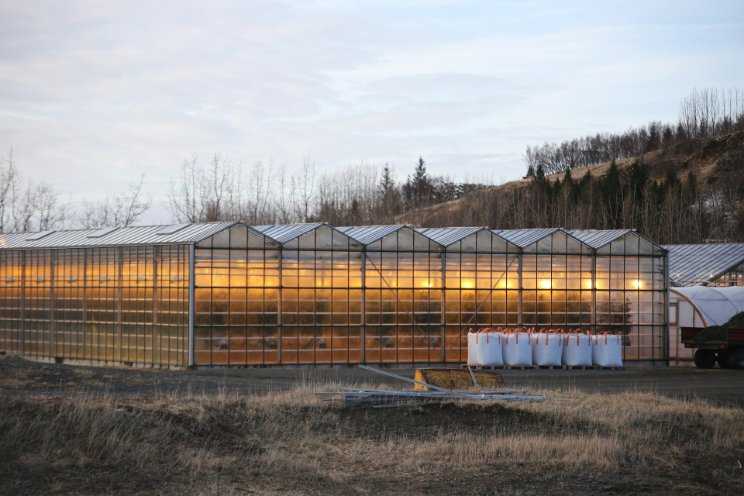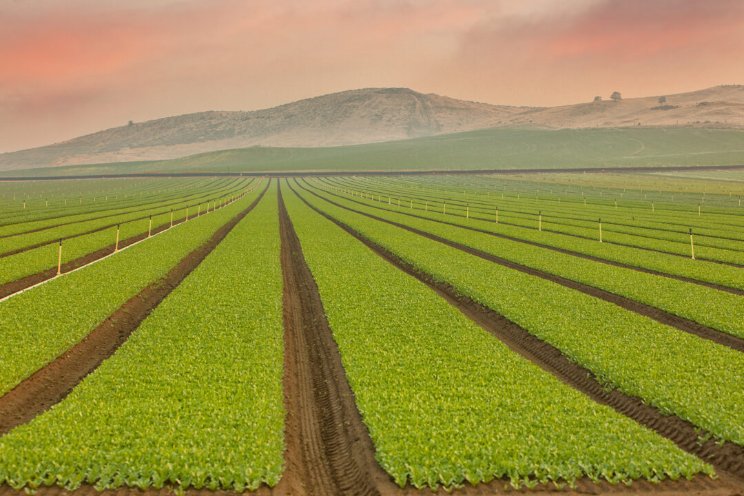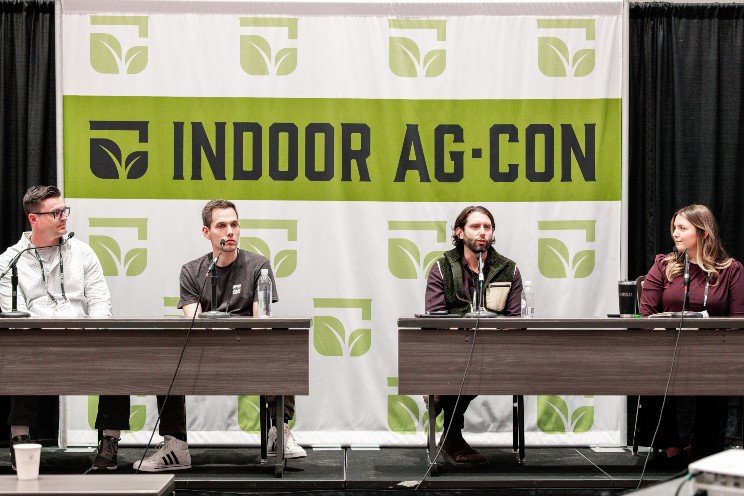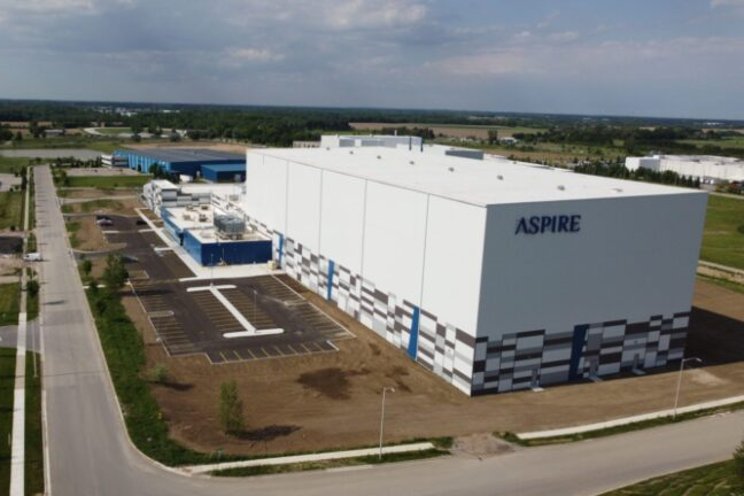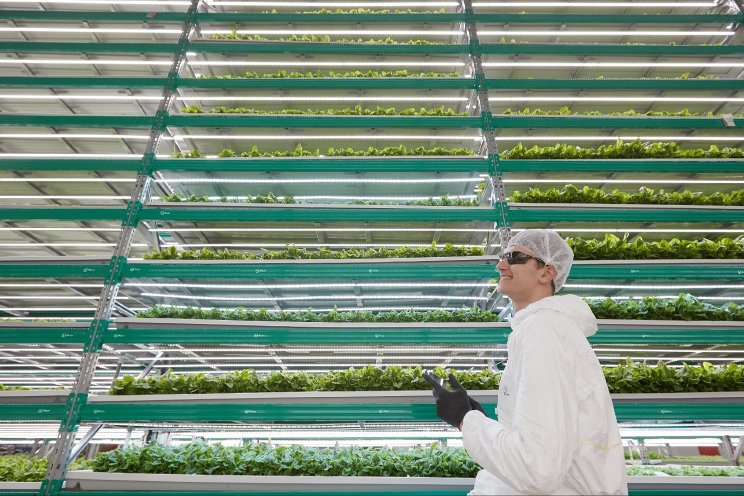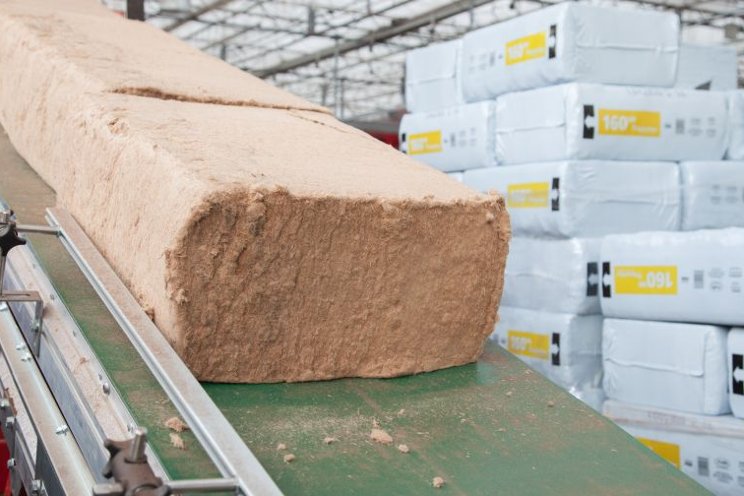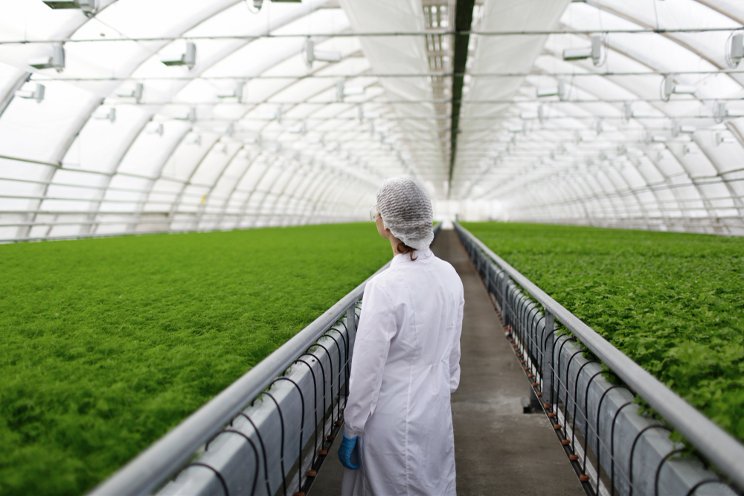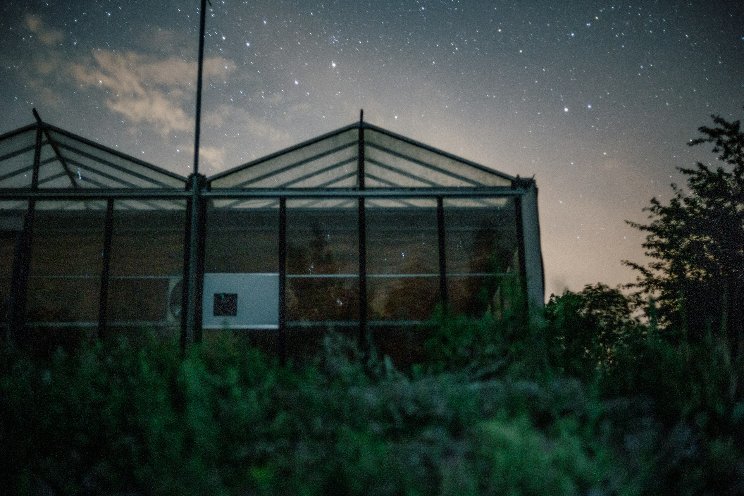Can urban farming solve Hawaii's food crisis?
Added on 03 October 2021
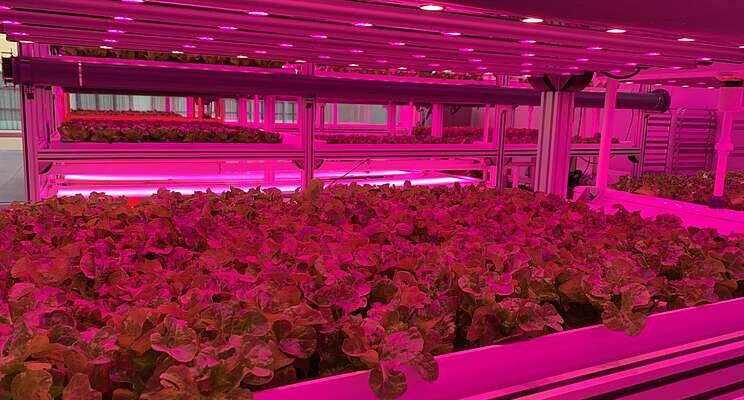
It's a sobering challenge: Reduce Hawaii's precarious dependence on food imports by ramping up local crop production to fill the plates of more than 1.4 million residents, as well as millions of tourists who visit the islands each year, amid projections of intensifying drought, water scarcity and competition for farmable land.
One route to getting there calls for crops to be grown on asphalt and in warehouses, either completely indoors or in advanced greenhouses.
More like science labs than farms, some of these futuristic food production setups don't require soil for plants to grow. Often, artificial lights replace natural sun. And since moisture and nutrients can be delivered directly to the root, far less water is required to grow crops this way than in conventional farming.
Other variables, such as humidity and temperature, can be precisely controlled to create an optimal climate to produce more crops with less space, while minimizing environmental damage.
In Hawaii, this new era of agriculture is already underway — and starting to grow.
In a 40-foot shipping container off Farrington Highway in Waipahu, Bee's Greens Co. grows butterhead and romaine lettuce under LED bulbs. Plants are stacked on top of each other in this vertical hydroponic system, achieving the same yields as a 1.5-acre conventional farm.
On Lanai, a 2-acre, high-tech greenhouse farm by tech entrepreneur Larry Ellison's Sensei Ag produced 35,000 pounds of produce in less than three months last year. In 2021, the company expects to harvest 500,000 pounds of food for statewide consumption, including Swiss chard, basil, tomatoes, cucumbers and eggplant, without a pinch of soil.
And by mid-2022, the Florida-based indoor farming company Kalera plans to open a 15,000-square-foot facility, roughly the size of an Olympic swimming pool, in Ko Olina in West Oahu. The leafy greens grower's partially automated vertical farm would be Hawaii's largest, producing several million heads of lettuce per year, the company says.

In December, the Florida-based urban food producer Kalera announced its plans to build Hawaii's largest vertical farm in West Oahu. Courtesy of Kalera
The University of Hawaii Manoa's Department of Tropical Plant and Soil Sciences has identified agriculture systems that use technology to modify the natural environment to boost crop yields as a priority area for future curriculum expansion, according to Theodore Radovich, a professor of sustainable farming systems.
By eliminating seasonality, pest problems and bouts of bad weather, ag-tech advocates say this burgeoning sector is key to helping Hawaii improve its food sovereignty at a time when climate change is expected to give rise to exceedingly volatile weather that threatens to disrupt crop production and food supply chains.
California produces a critical chunk of the nation's fruits, vegetables and nuts, including 99% of walnuts, 95% of celery, 89% of cauliflower, 71% spinach and 69% of carrots. But the state is in the grips of a brutal and persistent drought, causing agricultural water shortages that could have potentially catastrophic effects on the nation's food supply.
In the Midwest, where most of the nation's corn grows, wetter springs and hotter summers could lead to a 25% drop in corn production by 2050.
And the list goes on.
"As it gets hotter, most crops are going to suffer," said Jesse Cooke, vice president of investments and analytics at the Ulupono Initiative, which supports projects focused on locally produced food, renewable energy, clean transportation, waste and water management.
"So you need more of these high-technology types of farming setups to be able to provide more food to the masses, and it will just become more important as we move along because climate change is going to have big effects," Cooke added.
Not A Panacea
Vertical farms and advanced greenhouses are limited, however, in what they can grow.
Ideal for small, dense crops, such as lettuce, tomatoes, cucumbers, peppers and eggplant, these ag-tech systems aren't well suited for large plants or anything that grows on a bush or a tree.
Most indoor farms in America stick to lettuce, herbs and microgreens.

Sensei Farms Lanai, a 2-acre indoor farming pilot project by Larry Ellison's Sensei Ag, produced 35,000 pounds of produce in less than three months last year. Courtesy of Sensei
Another hurdle is a need for massive capital investment. The systems usually need to operate an artificial climate to create superior growing conditions, and that comes with big energy costs.
In Hawaii, where sunshine is plentiful, paying the highest energy costs in the nation to grow crops with LED lights may prove to be a weak point in the indoor farming business model, Cooke said.
State energy regulators are considering giving greenhouse and indoor farming operators a break following the passage of a bill in the Legislature in 2019 that authorized the Public Utilities Commission to establish preferential electricity rates for what's known as protected agriculture.
How much relief ag-tech growers might qualify for, however, is still unknown.
Brian Miyamoto, executive director of the Hawaii Farm Bureau, said new technology could help make agriculture a significant contributor to the state economy once again.
Yet while he wants to see Hawaii farmers embrace cutting-edge food production systems, he's concerned that they might cannibalize small, traditional farms.
"We need everybody — small farmers, medium farmers and large farmers — to help grow the industry and produce more of the food we eat here to get us closer to food security," Miyamoto said. "But remember that most Hawaii farmers are small farmers. We don't want to see this technology come in and (create) a net loss by putting (them) out of business."
Click here to read more.
Source: Civil Beat
More news


